#Plesiosauria
Text

While the most iconic types of plesiosaur were long-necked with small heads and short blunt snouts, some of these marine reptiles actually developed the opposite sort of arrangement, with groups like the polycotylids and the pliosaurs independently evolving short necks, larger heads, and long snouts.
…Except some of them didn't keep it quite that simple.
Serpentisuchops pfisterae here lived during the late Cretaceous, about 70 million years ago, in the ancient Western Interior Seaway covering what is now Wyoming, USA. This 7m long (~23') plesiosaur was a member of the polycotylid lineage, but along with a long slender snout it also had an unusually long neck.
Some earlier polycotylids like Thililua had fairly long necks, too, but all of Serpentisuchops' closest relatives were short-necked species, so it seems to have actually re-evolved this condition rather than inheriting it from its ancestors. Since no other marine reptiles in its habitat had this particular body plan, it was probably occupying a very specific ecological niche – the presence of attachment points for powerful neck muscles suggest it was able to swing its head sideways to snap its jaws at prey at high speed, with its longer neck giving it more reach than other polycotylids.
———
NixIllustration.com | Tumblr | Twitter | Patreon
#science illustration#paleontology#paleoart#palaeoblr#serpentisuchops#polycotylidae#plesiosauria#plesiosaur#sauropterygia#pantestudines#marine reptile#art#long snout? or long neck?#both both is good
414 notes
·
View notes
Text
Cryptotaxonomy Tournament Finale!
Note: these creatures do not actually exist. The following descriptions are facetious
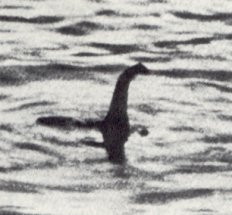
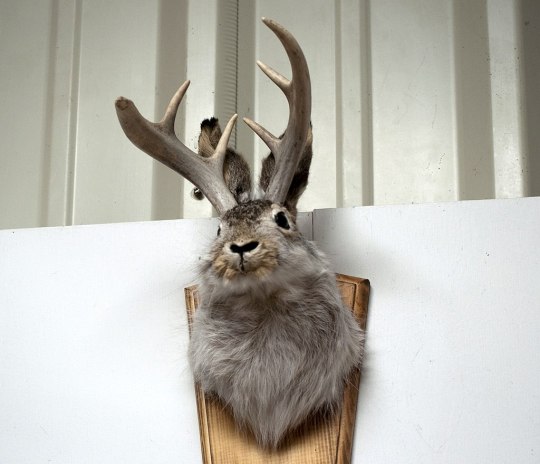
Plesiosauria. This clade of ''extinct'' and ''pre-historic'' marine reptiles includes the Loch Ness Monster and Ogopogo, large long-necked monsters that live in lakes.
Lepus antilocapra. This rabbit species, known as the Jackalope, has antlers on its head.
#animals#biology#polls#poll tournament#cryptozoology#cryptids#mythology#Cryptotaxonomy Tournament#Cryptotaxonomy Tournament Finale#dinosaurs#Loch Ness#Nessie#Ogopogo#rabbits#jackalope#Plesiosauria#Lepus antilocapra#0x0v0x1
124 notes
·
View notes
Text

My 19th entry for Jurassic July 2023: Liopleurodon ferox, the giant 7-meter-long pliosaur that terrorized the Late Jurassic seas of what is now Western Europe 166-155 million years ago
#paleoart#paleontography#paleontology#liopleurodon#jurassic#jurassic seas#jurassicperiod#jurassic period#jurassic july#mesozoic#late jurassic#pliosaur#plesiosauria#sauropterygia#plesiosaur
68 notes
·
View notes
Text
Evolution of plesiosaurs (with Hatsune Miku for scale)

#nothosaurus#nothosauridae#pistosaurus#pistosauridae#plesiosaurus#plesiosauridae#plesiosauria#sauropterygia#marine reptile#paleoart#digital drawing#digital doodle#digital doodles
61 notes
·
View notes
Text
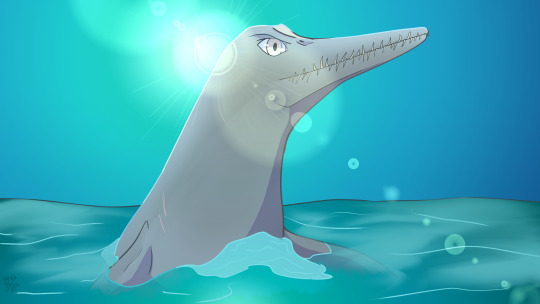
Unktaheela Specta breaching from the Western Interior Seaway on a sunny afternoon
#unktaheela specta#paleoart#dolichorhynchia#polycotylidae#plesiosauria#sauropterygia#reptilia#chordata#animalia#eukaryota
4 notes
·
View notes
Photo

The one and only, Quackpot!
While my fanwork comic is just really work in process.
#dinosaucers#hadrosaur#dinosaur#dinosaurs#quackpot#doodle#plesio#plesiosaurs#plesiosauria#art#artwork#microsoft paint#ms paint#mspaint#my art
4 notes
·
View notes
Text
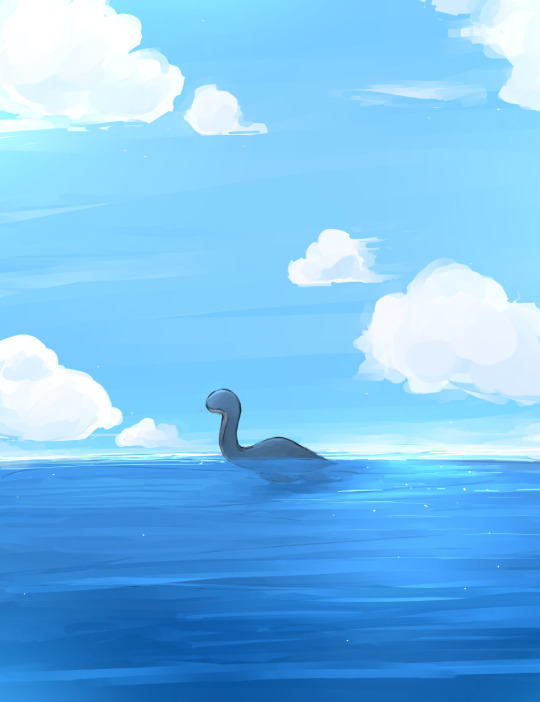
🌊🌊🌊
1 note
·
View note
Note
Can you tell me why they say elasmosaurids ate rocks?
16 notes
·
View notes
Text
Fossielen uit de Boulonnais

Mijmeren in het coulissenlandschap
Vandaag aan de dag gilt half Nederland moord en brand wanneer een boerenbedrijf moet verdwijnen. Zelfs al dient dit een groter en wat mij betreft nobel doel. En dat is prima. We leven tenslotte in een vrij land, iedereen mag roeptoeteren wat hij wil, maar naar mijn mening is het wel mosterd na de maaltijd. Dat had men veel eerder moeten doen! Tussen 1950 en de opkomst van de Boeren Burger Beweging zijn namelijk al zes op de zeven landbouwbedrijven verdwenen: opgeslokt door de schaalvergroting en de rationalisering! Als men zich daar destijds al had over opgewonden…
Met het verdwijnen van de vele landbouwbedrijven, zo realiseerde ik me toen ik onlangs in de Boulonnais op vakantie was (ooit moet ons platteland er zoals daar hebben uitgezien), verdween ook het bijbehorende coulissenlandschap. Van de kleine onregelmatige door heggen en houtwallen afgeschermde percelen is zo goed als niets meer over. Doodzonde! Temeer omdat het dit coulissenlandschap met zijn kleinschalige ambachtelijke boerenbedrijven en waarde voor de natuur nu deel van de oplossing zou zijn geweest.
Maar goed, as as meel was aten we iedere dag pannenkoeken!
Sporen uit het verleden
Behalve een prachtig coulissenlandschap heeft de Boulonnais ofwel het achterland van Boulogne-sur-Mer een prachtige kuststrook. Imposante kliffen strekken zich uit van Wissant in het noorden tot aan, pak hem beet, Équihen-Plage in het zuiden. Om de zoveel kilometer tref je op of onder de kliffen, zelfs Duitse degelijkheid blijkt niet opgewassen tegen de wet van toenemende entropie, onderdelen van de Atlantikwall. Behalve de Duitsers lieten ook Napoleon, de Germanen en de Romeinen hun sporen na in de regio. De streek ademt het verleden.

Een van het klif gedonderd 'blockhaus'.
Fossielen uit de Jura
Ook van bewoners uit de Jura zijn in de Boulonnais sporen terug te vinden. Vooral onder de kliffen en langs de kust. Het betreft miljoenen jaren oude fossielen van koralen, weekdieren, stekelhuidigen en gewervelde dieren. Met een beetje mazzel zijn er zelfs botten en tanden te vinden van de tot ieders verbeelding sprekende Plesiosauria.
Omdat het in mocht, in de Boulonnais is het toegestaan is fossielen uit de brokken klei- en zandsteen die onder de kliffen liggen te hakken, en omdat het kon, ik hield de afgelopen meivakantie verblijf in Boulogne-sur-Mer, ben ik op zoek gegaan naar deze Fossielen. En met succes. Al bij mijn eerste bezoek aan het strand was het raak. Direct. Het eerste stuk waar mijn oog op viel bleek een wervel. Naar alle waarschijnlijkheid van een bepaalde Plesiosaurus. Ja, dat leest u goed. Een ple-si-o-sau-rus! U begrijpt, ik kon mijn geluk niet op.
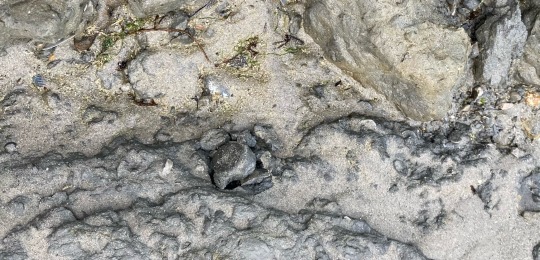
Een wevel van (waarschijnlijk) een plesiosaurus in situ.
Met een topvondst op zak zocht ik nog enkele avonden verder. En ik vond van alles. Prachtige schepen, enkele aanzienlijke ammonieten, een wervel van een onbepaalde vis en nog een flinke wervel. Hoewel laatstgenoemde wervel behoorlijk verrold is, zou ik hem op basis van de vorm volgens een collega-verzamelaar voorzichtig kunnen toeschrijven aan een pliosaurus. Welke zullen we echter nooit weten.
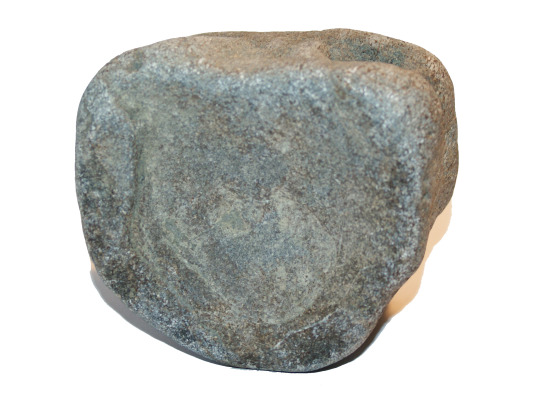
Wervel van een pliosaurus (diameter 8 cm).
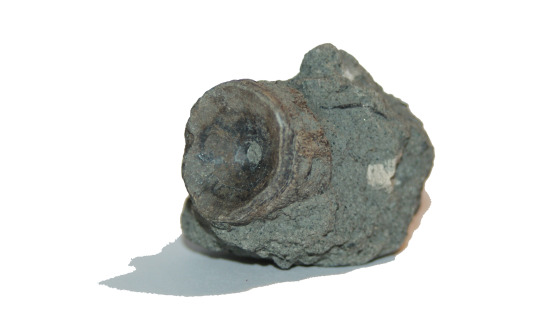
Wervel van een vis (diameter 1,5 cm).
Wat betreft de determinatie van de schelpen en ammonieten durf ik geen enkele uitspraak te doen. Daarvoor ontbreekt het mij aan kennis. En dan kan ik op basis van beperkte bronnen wel wat gaan lopen roeptoeteren, het is tenslotte een vrij land, maar in de wetenschap is dat ongewenst. Daar heeft men liever gefundeerde uitspraken en anders niets.
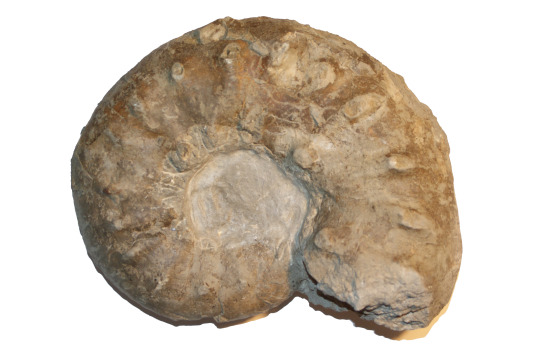
Een ammoniet (diameter 18 cm).

Een pina-achtige schelp (lengte 16 cm).

Een fragment van een enorme schelp (lengt 13 cm)
Zo en nu ga ik pannenkoeken bakken!
#fossiel#jura#pliosaur#plesiosaur#pliosaurus#plesiosaurus#vertebra#wervels#ammonieten#ammonite#shells#fossils#boulogne sur mer#Boulonnais
3 notes
·
View notes
Text
Loch Ness Monster

Does the locg ness monster exist? Everything we know about the case now in 2023. What did the international researchers find after conducting an extensive dna study in the lake? What was the story behind the historical photo?. These things are explained in today's mystery.

Kiistatta yksi kutkuttavammista merihirviö mysteereistä nousi pintaan vuonna 1934 brittiläinen kirurgi Robert Wilson toi julkisuuteen paljon puhutun kuvan Loch Ness hirviöstä. Vuonna 1994 tuli ilmi, että kuva oli pila ja jonkinlainen 1900-luvun "pränkeistä". On huhuttu kautta aikojen, että järvessä oleskelisi vesihirviö.
Skottilaisessa kansan perinteessä elää vahvasti havainnot ja legendat hirviön nähneistä aina 500-luvulle JKR. Monet luonnon tutkijat ovat miettineet olennon alkuperää ja lajia. Loch Ness merihirviöksi on veikattu joutsenliskoa. Plesiosauria eli joutsenlisko on sukupuuttoon kuollut meri matelijoiden lahkoon kuullut meressä elävä jättiläinen. On myös arveltu, että merihirviö olisi todella kookas meriankerias.
2019 tutkimus ryhmä teki valtavat DNA tutkimukset järvellä. Näytteiden tulos oli paljon puhuva. Järvestä ei löytynyt mitään viitteitä siitä, että siellä olisi ollut esihistoriallisia merihirviöitä. Näytteitä otettiin 250 kpl ja vertasi näitä suuriin tietokantoihin. Tunnettujen lajien geneettisistä ja sekvensseistä ei tullut osumaa.
Mielikuvitus tuo meille aina näkymätöntä pintaa. Legendat elää ja niin on hyvä. Pidän valtavasti ajatuksesta isosta merihirviöstä, mutta vaikka tämä olisikin iso kala tai meriankerias on tarinat silti aina mielenkiintoisia. Olisiko vastaus hirviöön suuri peto itse? 1875 syntynyt okkultisti ja kirjailija Aleister Crowley on sanottu olevan maagisilla seremonioillaan hirviön luomisen tulos,.. Ken tietää..
#mikamikapodcast#podcast#mystery#suomeksi#suomi#suomitumblr#suomitumppu#loch ness monster#aleister crowley#monster#occult#occulltism#regilion
1 note
·
View note
Note
Her eyes widened when she saw what she could only describe as some sort of plesiosauria swimming...
And she was riding on it's back
DR V: “what the-“
1 note
·
View note
Text
Cryptotaxonomy Tournament: Reptiles
Note: these creatures do not actually exist. The following descriptions are facetious
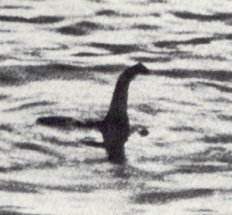

Plesiosauria. This clade of ''extinct'' and ''pre-historic'' marine reptiles includes the Loch Ness Monster and Ogopogo, large long-necked monsters that live in lakes.
Sauropoda. This ''extinct'' clade of long-necked dinosaurs has a living member in the Mokele-Mbembe, a large quadrupedal herbivore with a long neck and smooth skin, found in the Congo River Basin.
#animals#biology#polls#poll tournament#cryptozoology#cryptids#mythology#dinosaurs#Loch Ness#Nessie#Ogopogo#Mokelembembe#Plesiosauria#Sauropoda#0x0v0x7#Cryptotaxonomy Tournament#Cryptotaxonomy Tournament Round 1
79 notes
·
View notes
Text
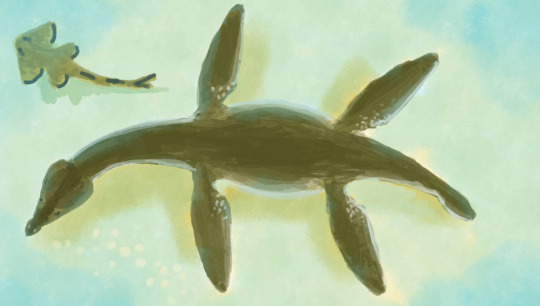
My 6th entry for Jurassic July 2023: A Rhomaleosaurus cramptoni glides over the sea floor, searching for angel sharks to eat in the Early Jurassic seas if what is now England.
#paleoart#rhomaleosaurus#paleontology#paleontography#jurassic period#early Jurassic#england#plesiosaur#plesiosauria#angel shark
30 notes
·
View notes
Text
Elasmosaurus platyurus, one of the most famous plesiosaurs, well known for its ungodly long neck.
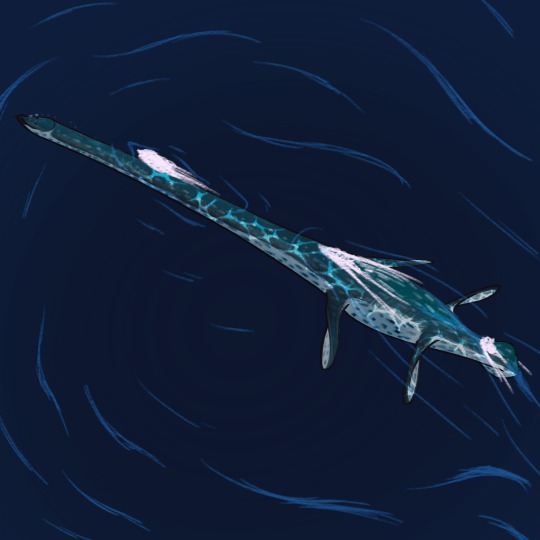

With Hatsune Miku for scale:
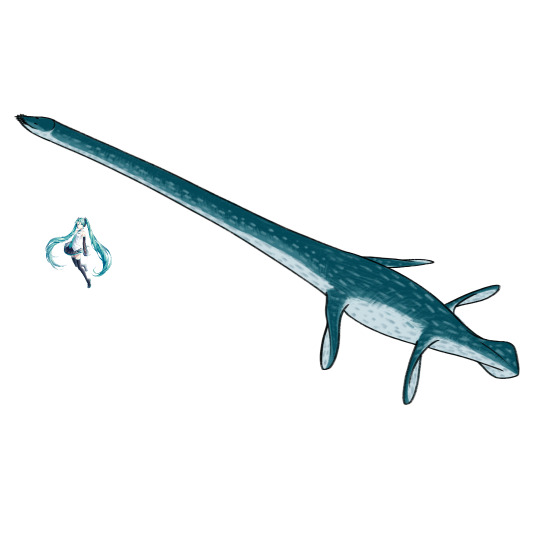
#elasmosaurus#elasmosauridae#plesiosauria#marine reptile#paleoart#digital art#digital drawing#digital doodle#digital doodles#this is probably one of my favorite paleoart pieces I’ve made
46 notes
·
View notes
Photo

Retro vs Modern #06: Plesiosaurus dolichodeirus
Plesiosaurs were first recognized as a distinct group of fossil animals in the early 1820s, only a few years after ichthyosaurs. Initially they were perceived as being closer in form to reptiles in the "chain of being" than the more fish-like ichthyosaurs were, and so the group's scientific name ended up reflecting that early interpretation – "plesiosaur" roughly translates to "near to reptiles".
The first named species of plesiosaur was Plesiosaurus dolichodeirus, based on a near-complete skeleton discovered by Mary Anning that revealed the strange long-necked proportions of these animals for the first time.
1830s-1850s
Early reconstructions of plesiosaurs in the 1830s compared them to "a snake threaded through a turtle", giving them highly sinuous necks and a turtle-like body. Much like ichthyosaurs they were assumed to be amphibious, using their flippers to crawl up onto the shore like a sea turtle.
The 1850s Crystal Palace plesiosaur statues show a variant of this design with smooth skin textures and fairly flexible reptilian bodies, with powerful shoulders and flipper postures that give them an overall almost seal-like appearance.
1860s-1990s
From the 1860s onwards a more upright S-shaped neck pose became the most common depiction of plesiosaurs. The writhing snake-like necks persisted in some reconstructions of the extremely long-necked elasmosaurids, but the overall design for these animals that caught hold for the next century was an egg-shaped body with oar-like flippers and a swan-like neck – a body plan that would end up so influential in pop culture that it was incorporated into modern lake monster folklore, with the Loch Ness Monster being the most famous example.
During this period plesiosaurs were often portrayed as floating or swimming at the water's surface, rowing along with their flippers and using their long necks to snatch up prey. They were generally assumed to still haul out turtle-style to lay their eggs on the shore, although it wasn't clear how the very largest species would have been able to support their own weight.
2020s
Since the 1990s a boom of new plesiosaur species and biomechanical studies have brought a lot of changes to our understanding of these marine reptiles.
Their necks are now considered to have been less flexible, capable only of more gentle curving, and were probably much thicker and more streamlined with the body than previously depicted. Rather than oar-like rowing all four of their flippers were probably used in more of an "underwater flying" vertical motion similar to modern sea turtles – which is pretty fitting, considering that their closest living relatives are now thought to actually be turtles.
They gave live birth and were probably warm-blooded, with a thick layer of insulating blubbery fat and a teardrop-shaped body outline. Their skin texture was smooth, but one exceptionally well-preserved specimen shows a covering of tiny thin millimeter-sized scales that wouldn't have been visible in life except in extreme closeup.
We now know Plesiosaurus itself was a fairly small species, around 3.5m long (~11'6"), with a broad body and a short thick tail that probably had a rudder-like fin – usually assumed to be vertically-oriented, but possibly horizontal instead. It lived during the Early Jurassic, about 201-183 million years ago, in the shallow tropical sea that covered what is now southern England, and had a rather small head compared to other plesiosaurs, with its eyes facing upwards and to the sides.
It had sharp needle-like teeth that would have been used to catch soft-bodied aquatic prey like fish and cephalopods. It's not known whether it had extensive fleshy lips, croc-like snaggletoothed jaws, or something in-between, so the facial soft tissue on this particular reconstruction is rather speculative.
———
Nix Illustration | Tumblr | Twitter | Patreon
#retro vs modern 2022#science illustration#paleontology#paleoart#palaeoblr#plesiosaurus#plesiosauridae#plesiosauria#sauropterygia#pantestudines#stem-turtles#archosauromorpha#reptile#art#retrosaurs#blubber#chub-blubs#also it gets lips because i'm sick of exposed teeth in plesiosaurs#now we know they were extensively blubbery having shrinkwrapped faces seems especially weird
3K notes
·
View notes
Text
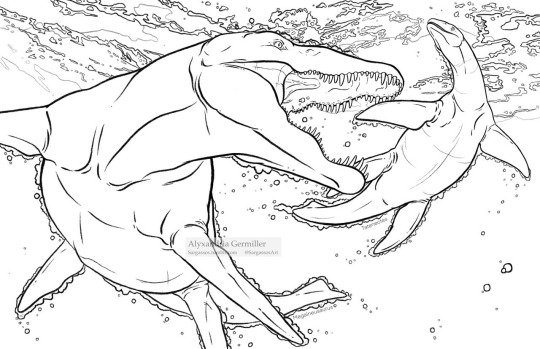
Finally! Dinovember, day 30! A megalneusaurus takes a colossal chomp at a little tatenectes.
I’ve taken part in Dinovember three times now (skipping 2020), and the first two times, I wasn’t able to complete the month, mostly due to family issues that cropped up at the end of November. Don’t get me wrong, I did a LOT. I made my niece two coloring books to help keep her interest in dinosaurs alive, and she still uses them. And like, 55 drawings, nothing to sneeze at! But this year, I did it! I finished all of them! And it’s my best year yet. I learned a lot, and I think personally that I have greatly improved from what I had done before. I’m very happy with this years Dinovember. Hope my niece enjoys her newest coloring book! Time to assemble it 👍
EDIT, 1/11/22: This entire Dinovember series has been compiled and is now available for purchase on Gumroad! The pages can be printed, or thrown into a digital program! Check it out HERE!
#art#digital art#sketch#lineart#coloring book#dinovember coloring book#dinovember#dinovember 2021#draw dinovember#dinosaur#marine reptile#morrison formation#sundance seaway#sundance formation#Sundance sea#pliosaur#megalneusaurus#cryptoclidid#tatenectes#plesiosauria
50 notes
·
View notes